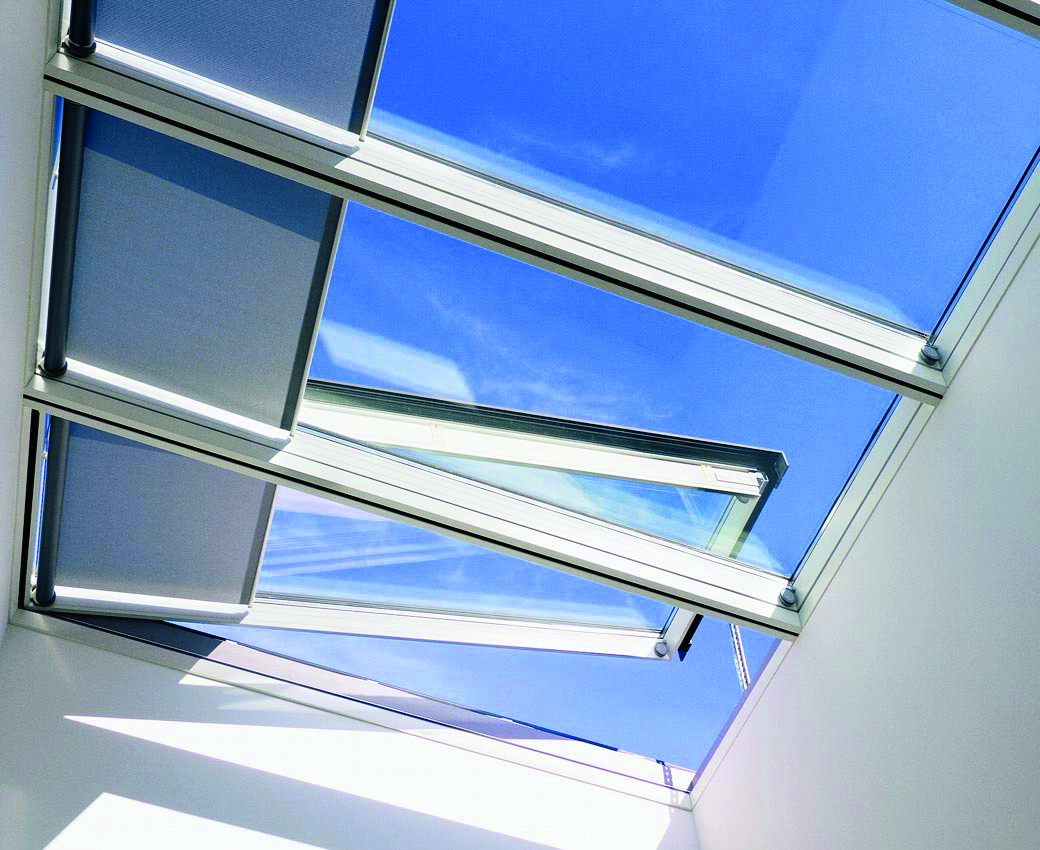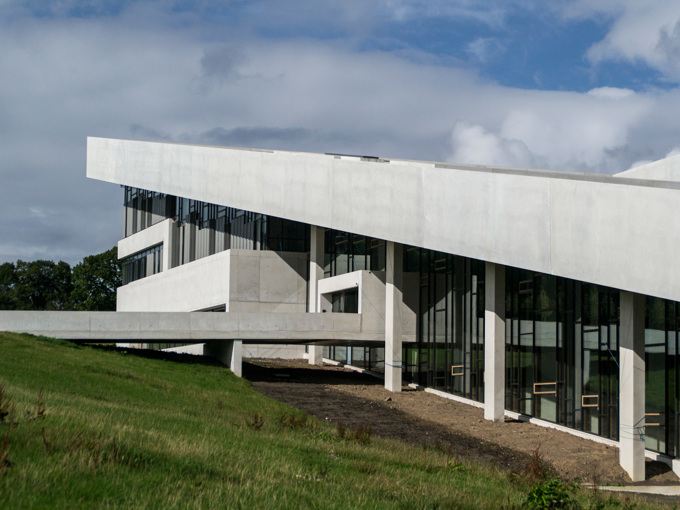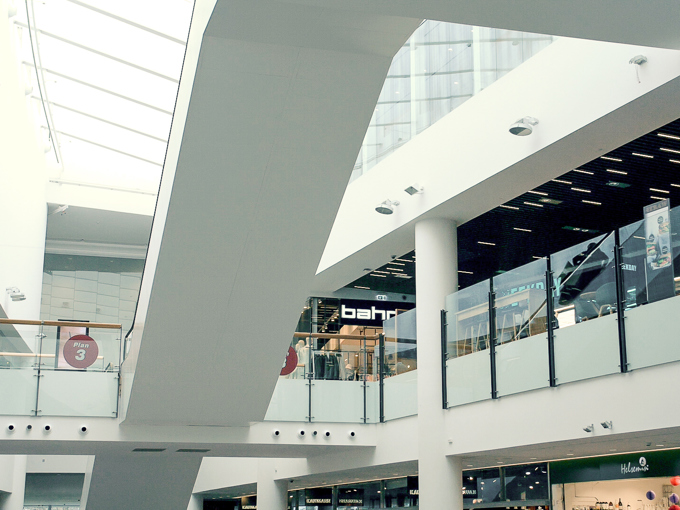Soaring temperatures are becoming the ‘new normal’, with last year's record-breaking Indian summer serving as a stark reminder of the health risks of intense climates. Many buildings, traditionally designed for winter warmth, are ill-equipped to handle this escalating heat, creating a pressing need for adaptation.
Solar shading has emerged as the ideal solution in the budding ‘battle against building heat’. By blocking the sun's rays, it prevents indoor temperatures from reaching uncomfortable levels.
While effective on its own, solar shading truly shines when combined with a well-designed natural ventilation strategy. As well as shielding buildings from the sun's heat, modern ventilation systems can expel warmth, replacing it with cool, fresh air through the likes of natural and mixed-mode systems. So, what exactly is solar shading?
Discover the benefits of solar shading
Want to know more about automated solar shading and how it works alongside ventilation systems? Contact us today for a cooler, more comfortable environment. Find out how you could ‘beat the heat’ with solar shading.
What is Solar Shading?
Solar shading refers to various devices or systems that control the amount of sunlight and solar heat entering a building. This can be achieved through fixed or adjustable solutions that minimise, redirect, or filter sunlight to maintain a comfortable indoor environment. Common solar shading devices include shading screens which can be integrated into the building’s façade or interior and ‘dynamic shading’ a solution that provides a tint on the glazing to reduce the impact of the sun. With the right design and control, solar shading devices offers an added benefit of retaining heat during winter seasons.
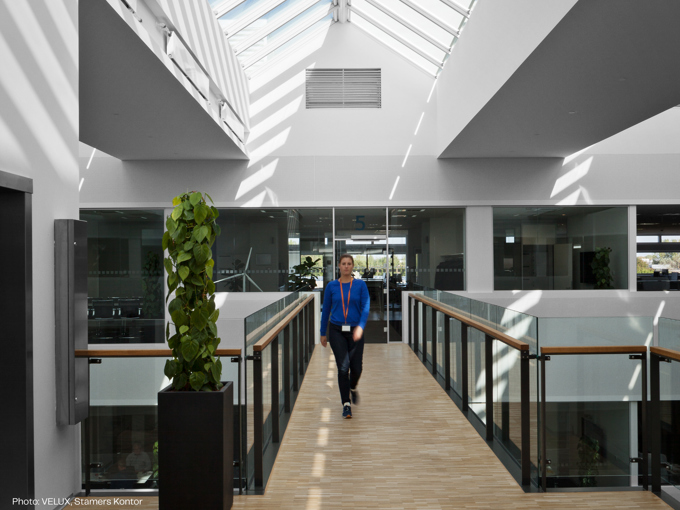
How Does it Work?
Solar shading works by blocking or filtering direct sunlight and reducing glare and heat gain. This can be done using the following:
- Fixed Solutions: These include building orientation, window size, and shading from surrounding structures. While effective, they cannot be adjusted based on changing weather conditions or time of day.
- Flexible Solutions: These include Venetian blinds, roller blinds, and other adjustable shading devices. These can be controlled manually or automatically to optimise the amount of sunlight entering the space, providing more dynamic control over the indoor climate.
By using automated systems, solar shading can be adjusted in real-time based on sensors measuring light levels, temperature, and other environmental factors.
What is its Role Within Natural Ventilation Systems?
Solar shading plays a crucial role in natural ventilation systems by helping to regulate indoor temperatures When combined with automated natural ventilation, solar shading can create a more efficient and comfortable indoor environment. Key roles include:
- Temperature Regulation: By blocking excess heat in the summer and helping to retain heat in the winter, solar shading helps maintain a stable indoor temperature.
- Glare Reduction: It minimises glare on screens and workspaces, enhancing visual comfort and productivity.
- Energy Efficiency: By reducing the need for mechanical cooling and heating, solar shading can help lower energy consumption and operational costs.
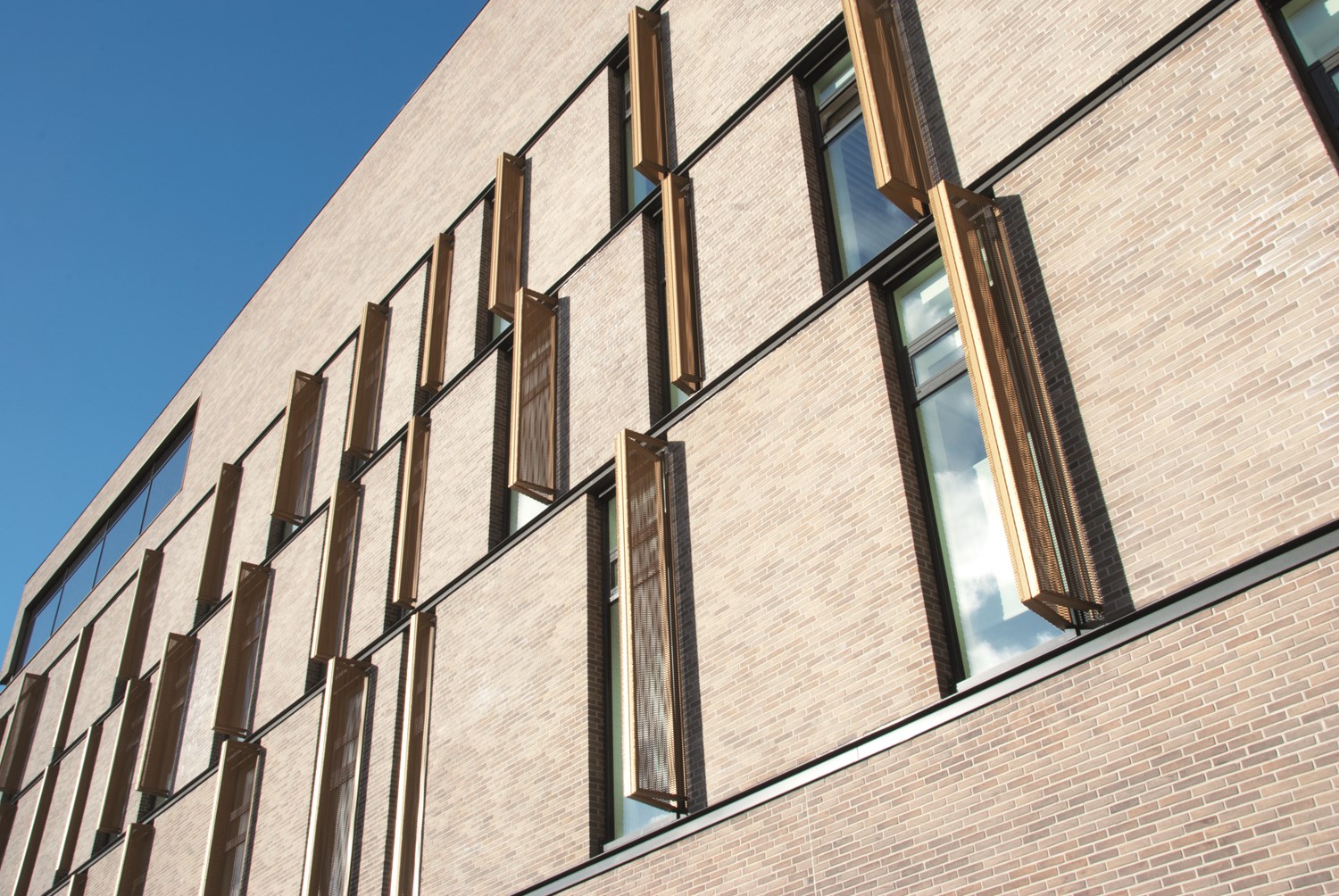
The integration of solar shading within natural ventilation systems offers several significant benefits:
-

Improved Indoor Comfort
Solar shading ensures a more consistent and comfortable indoor climate by preventing overheating and reducing glare. This leads to a more pleasant environment for occupants, enhancing their well-being and productivity.
-

Energy Savings
By reducing the need for mechanical cooling and heating systems, solar shading can help with energy savings. Automated systems can optimise shading based on real-time conditions, further enhancing efficiency.
-

Enhanced Productivity and Reduced Absenteeism
Studies have shown that access to natural daylight, controlled to prevent glare and overheating, can boost productivity and reduce absenteeism. For example, it’s been found that optimised light within work environments can reduce eyestrain by 51%, reduce headaches by 63% and reduce drowsiness by 56%.
-

Protection of Interiors
Solar shading helps protect interior furnishings and finishes from sun damage, such as fading and discoloration, thereby extending their lifespan and maintaining the aesthetic appeal of a space.
-

Synergy with Natural Ventilation
Combining solar shading with automated natural ventilation creates a synergistic effect that maximises indoor air quality and thermal comfort. Through the use of a control system, like WindowMaster’s NV Advance® or NV Embedded®, both technologies can work together, providing a holistic and efficient solution for building climate control.
What Other Ways Can Solar Shading Assist Ventilation Strategies?
- Timed to Perfection: Solar shading can significantly boost ventilation efficiency by blocking excessive sunlight during peak hours. This reduces the building's heat load, allowing ventilation systems to operate more effectively and economically.
- Enhanced Performance: It can also create pressure differences that improve natural ventilation airflow. For instance, shading can reduce the temperature on one side of a building, creating a pressure difference that draws in cooler air from another side.
- Night-time Cooling: Also known as ‘night-flushing’ or ‘night purging’. Preventing the build-up of heat during the day by expelling warm air at night is crucial to maintaining comfortable indoor environments. By ventilating buildings overnight, it can help reduce the indoor temperatures the next day. There’s more about this strategy, here
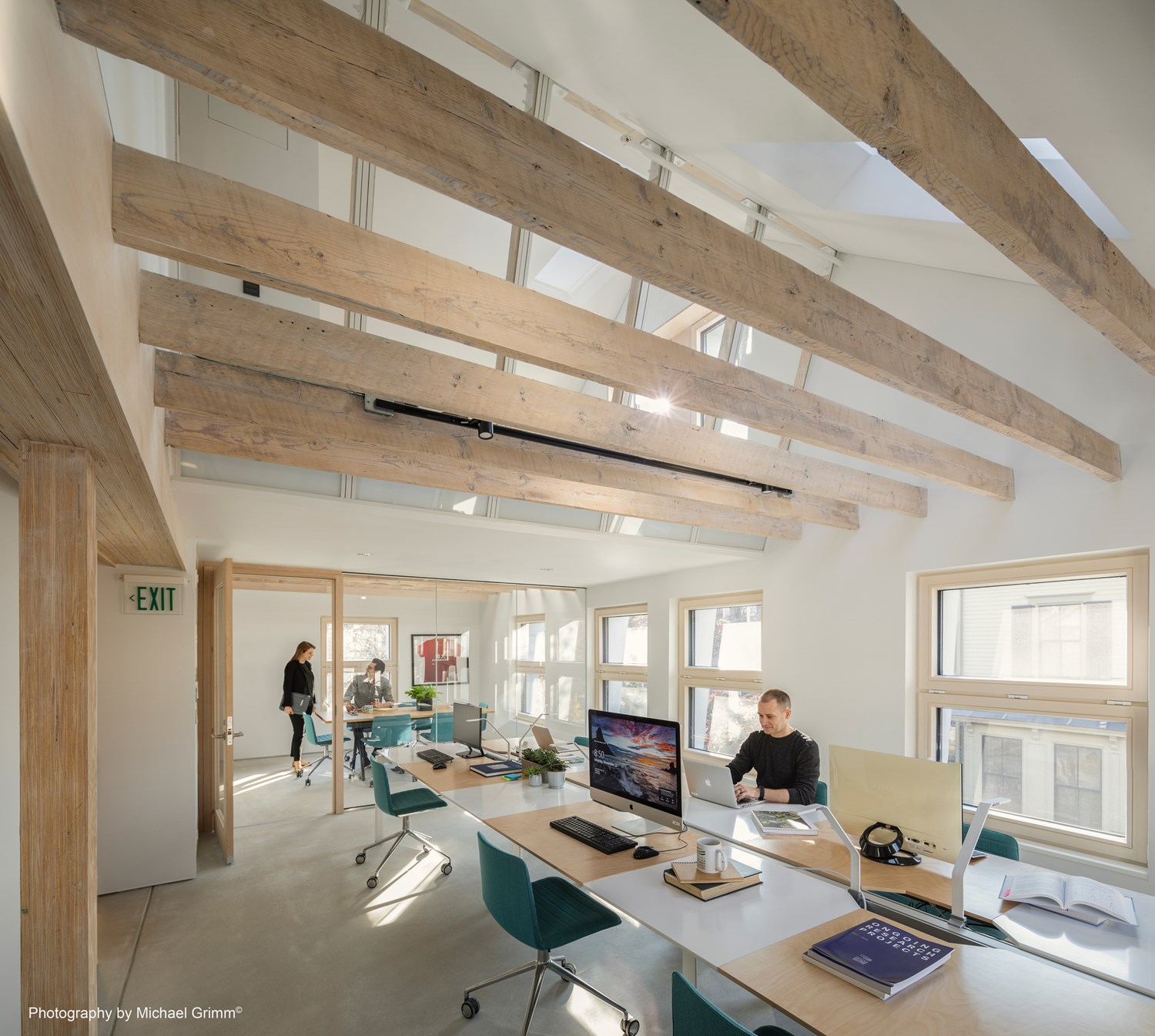
“Solar shading has been proven to be effective when tackling excessive building heat and as summer temperatures rise, its role will only increase. By combining it with market-leading ventilation strategies, it’s possible to enjoy cool, comfortable indoor spaces all year round, even during peak hours when the sun is at its strongest. Our expertise in solar shading and natural ventilation can help you harness nature’s power, so you and your building are prepared, whatever the weather.”

Jannick K. Roth
Building Performance & Standardization Manager
Eager to explore other ventilation strategies that can unlock a cooler, more comfortable indoor environment? Discover the benefits of natural ventilation summer mode here
